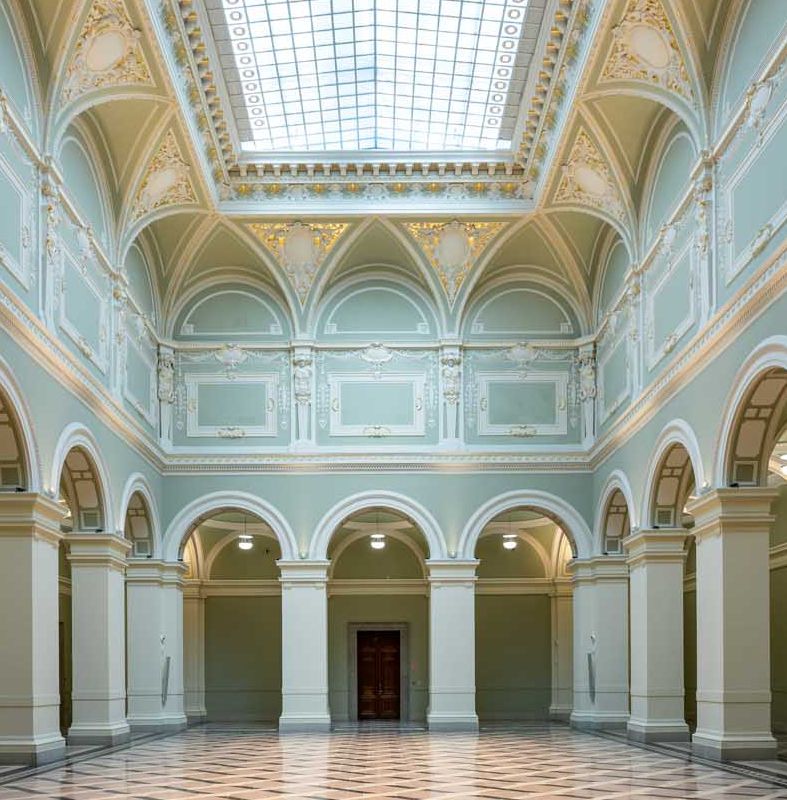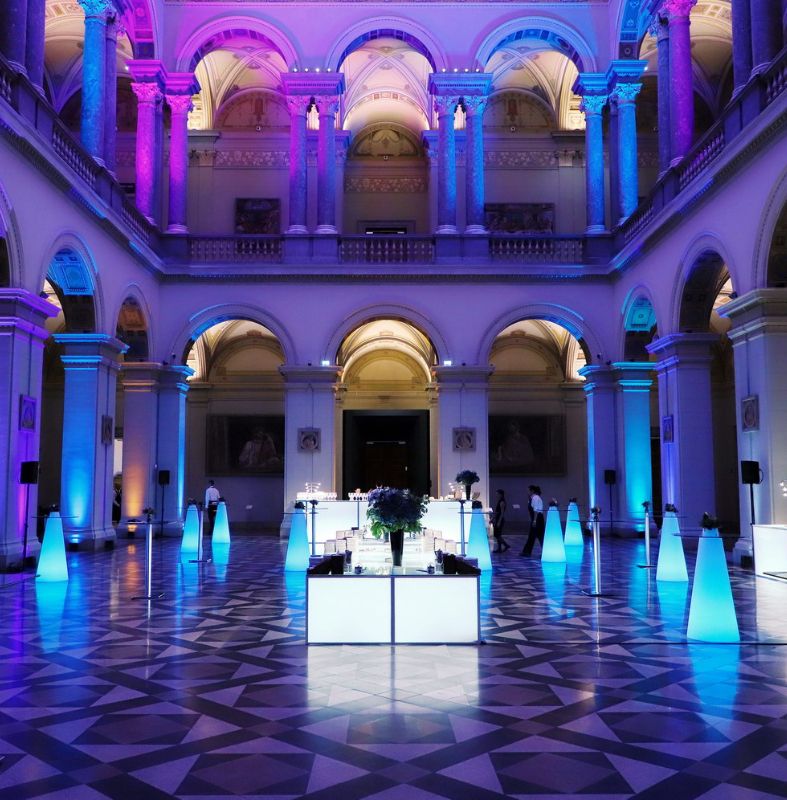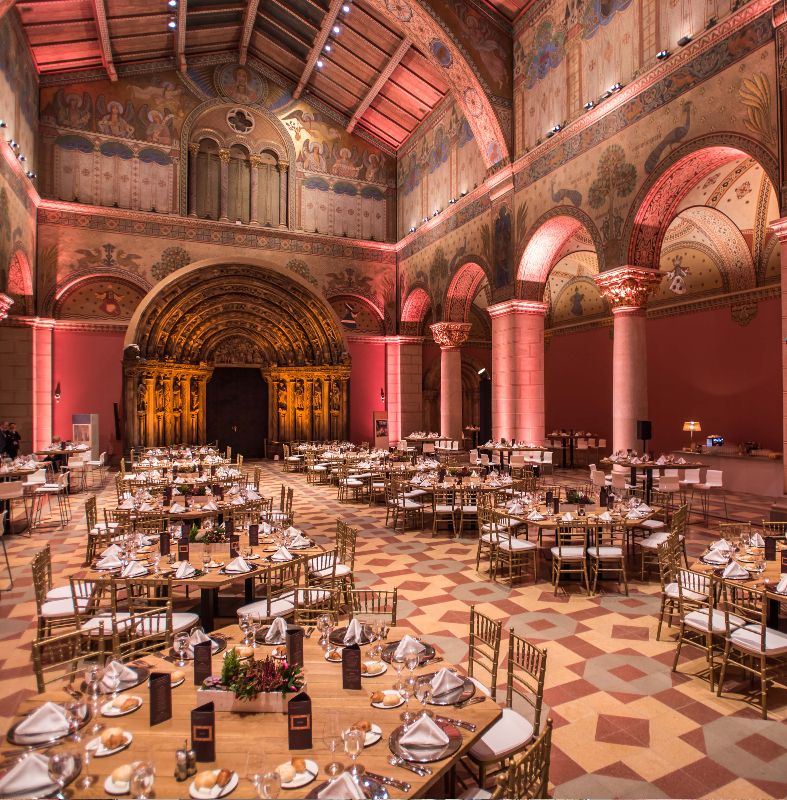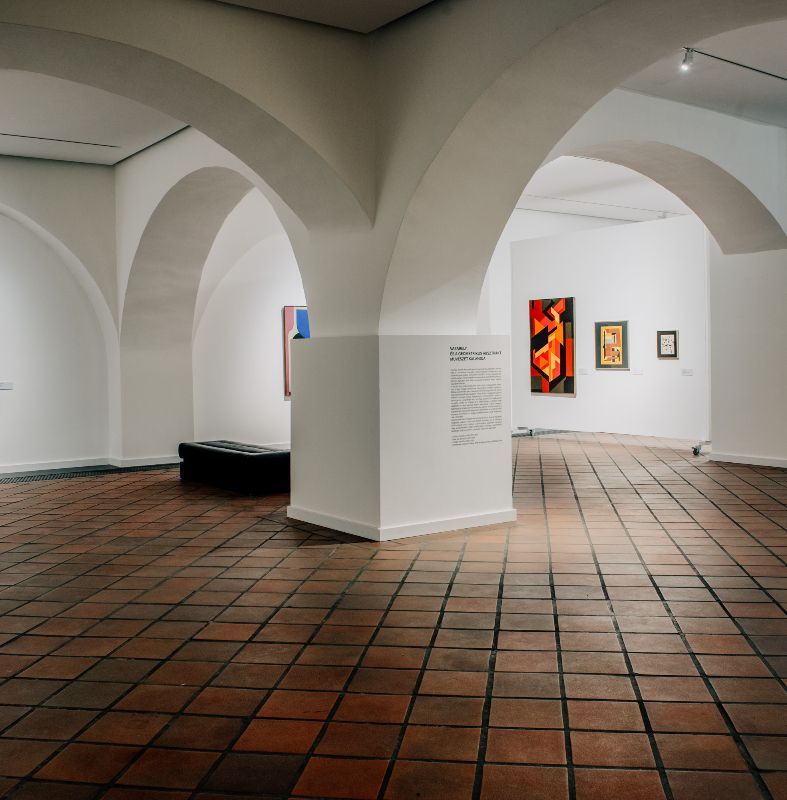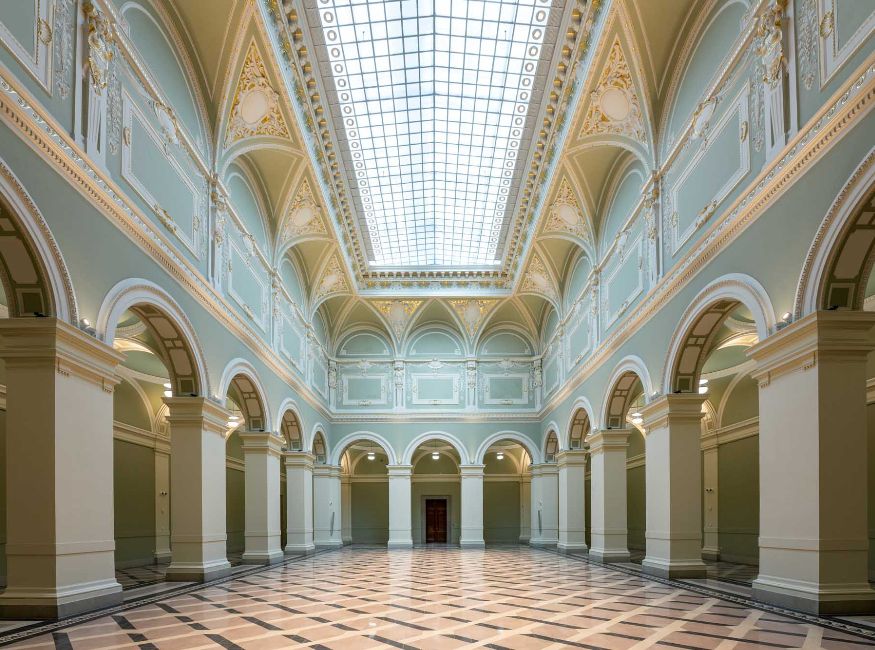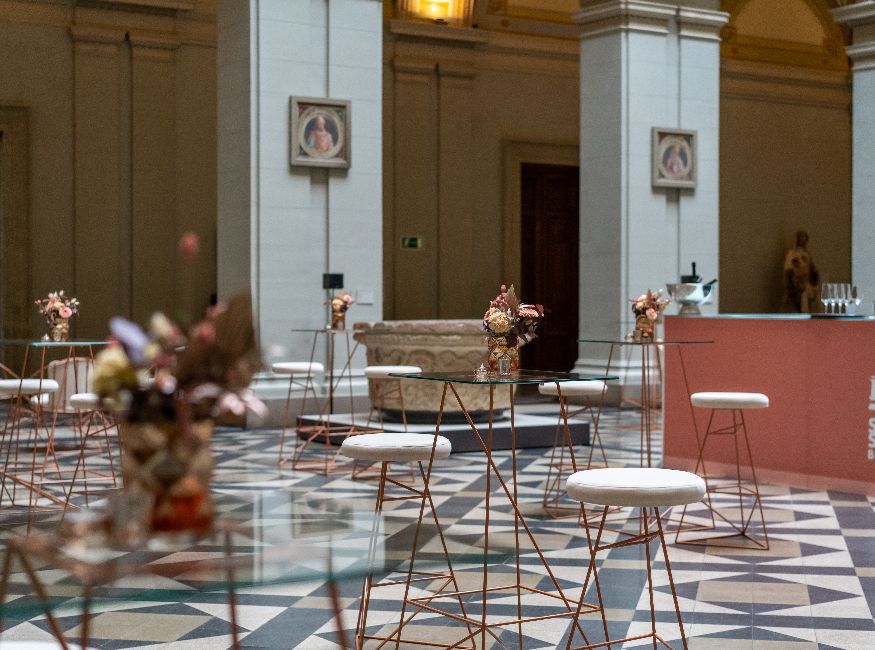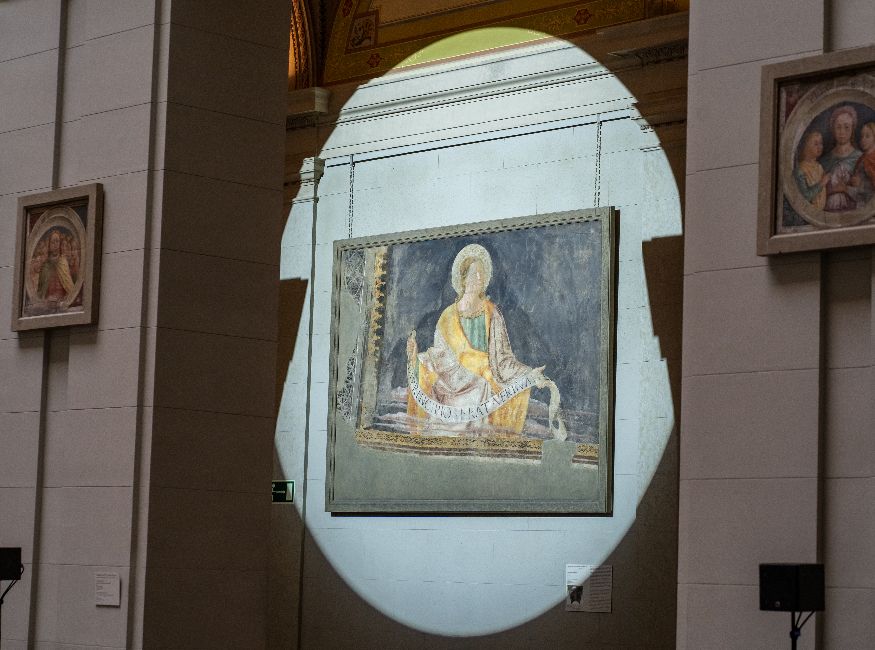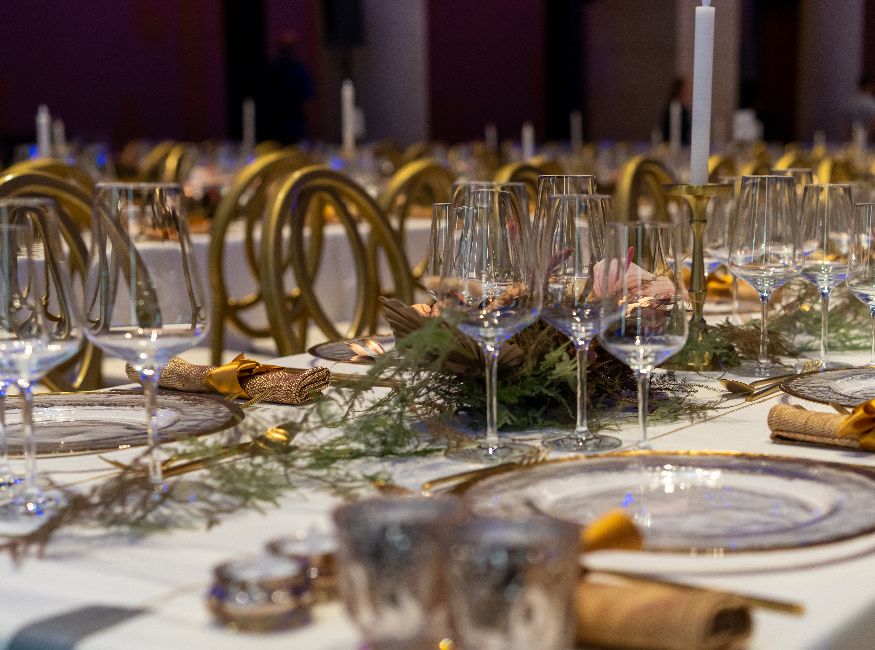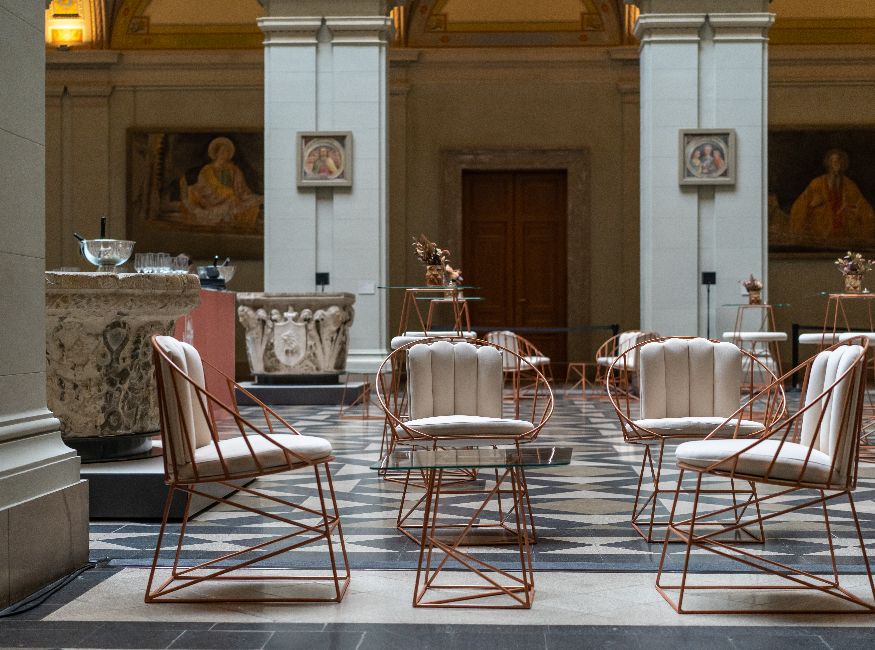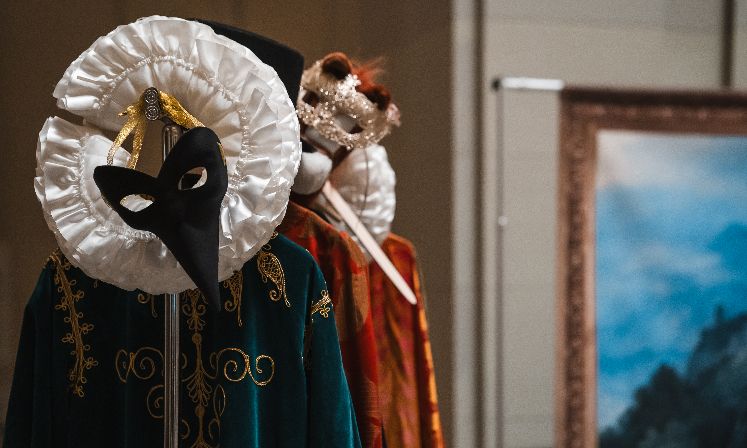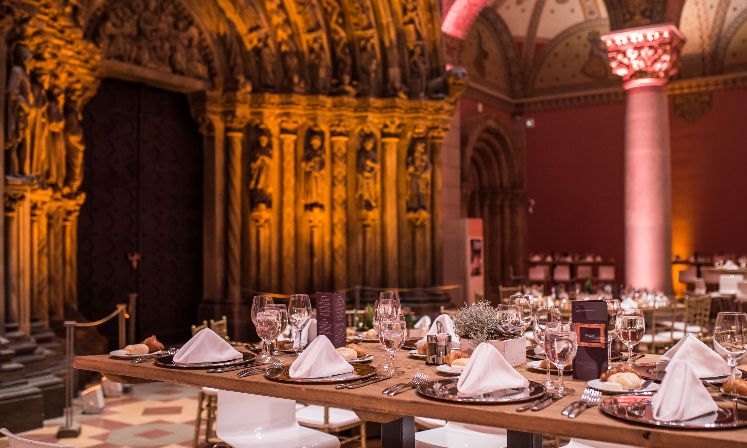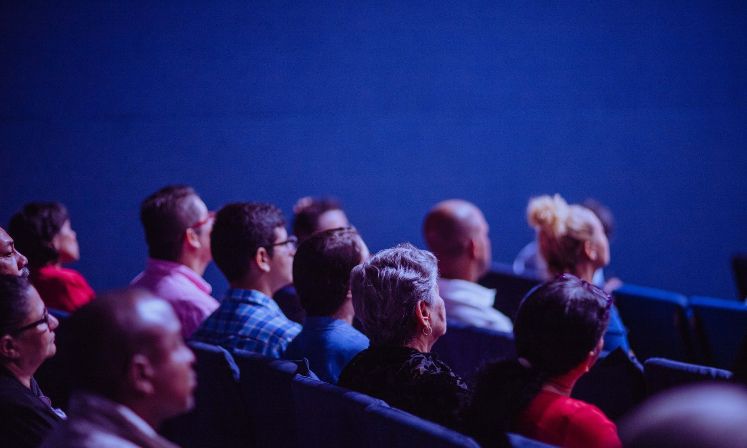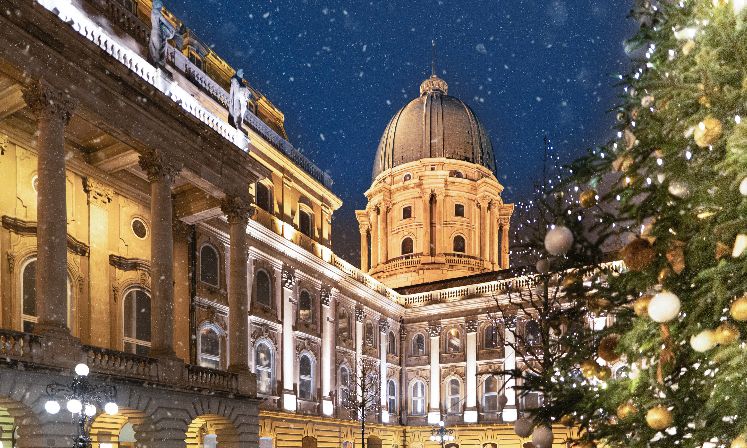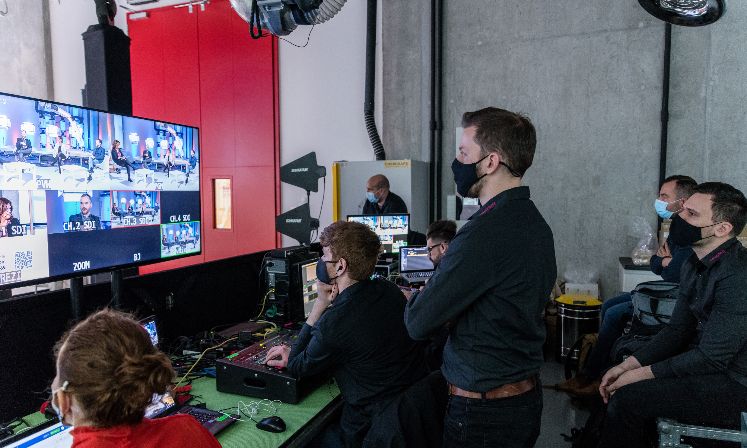Museum of Fine Arts, Budapest
By the power of its location, architecture and exceptional collection, the Museum of Fine Arts, Budapest is a unique institution among the Hungarian museum scene. Its neoclassical and neorenasissance building, which received the Europa Nostra Prize for its reconstrcuction, is part of the world heritage. Its collection was established in 1906 and gives home to some of the most exceptional artefacts of national and international art.The collection of the Museum of Fine Arts has represented itself many times on individual exhibitions around the globe as well as hosted grand scale exhibitions itself. It is therefore an integrated player in the international art world.
It is by no means accidental therefore, that it is the most famous and most visited museum of Hungary. As opposed to most of the national collections in Europe, it’s the origin of its foundational material was not a royal collection. The source of its material was the international painting, sculpture, graphics and old curiosity collection of the Hungarian National Museum as well as the stately purchase of the European paintings, drawings and engravings from the Esterházy Collection in 1871. In the course of the last century, the domain and size of the collection has not only grown, but modified as well. Due to the conscious restructuring program, new individual exhibition units emerged. The bulk of the ancient, archaeological material is part of the Ancient Egypt and Classical Antiquity Exhibition. The Hungarian Collection contains materials such as the ecclesiastical art and castle culture from the 17th century as well as the internationally renowned masterpieces of Jakab Bodgány and Ádám Mányoki. The international exhibitions from the period between 1250 and 1600 holds representative works from Lucas Cranach, Raphael, Titian and El Greco. Apart from paintings, the picture gallery contains sculptures, engravings and pieces of applied art, making it possible for the viewer to study cultural connections as well. In the Old Sculpture Collection one finds masterpieces of European sculpture from the period between 1350 and 1800.
VR Tour
Venues for rent
The Renaissance Hall recalls the architectural style of 16th century Italy. Its semicircular arcades, classic columns, parapet and frescoes bring us back to a yard of a renaissance manor. There are two groups of artefacts in the hall that are of central importance for the Museum: the Italian frescoes and the Venetian brims. The fresco collection is exclusive material even by international standards. The exhibition starts on the ground floor with artworks from the late Gothic and early Renaissance periods, and ends on the cloister with late Renaissance pieces from the 16th century. The brims exhibited in the hall are the works of Venetian stonemasons – these artefacts once decorated the streets, yards and aristocratic gardens of Venice.
The representative, neorenaissance reception hall of the museum received its name from the marble surface areas covering its walls. The two sides of the hall are bordered by the banisters of the stairways that lead to the first floor. Its landing is connected to the Marble Hall as a gallery, offering a spectacular view to the hall below.
For 70 years the Romanesque Hall served as a vast, unexploited storeroom, only to be reopened as one of the grandest and most spectacular venue of the National Museum of Fine Arts. Apart from its artistic merits, the Romanesque Hall is perfectly suited to host all types of events. Its atmosphere is enhanced by the fact that we enter into this twelfth century space through the plaster replica of the Golden Gate of the Freiberg Cathedral. The location with its massive columns and pillars emulates the interior atmosphere of a Roman era basilica. The frescoes connect to both Christian iconography and the concept of the Millenium and represent the great figures of Hungarian history. The walls are decorated with state and municipal coat of arms as well as that of allied countries. The breathtakingly rich decoration is supplemented with ornamental patterns and symbolic images, such as the tree of life and peacocks symbolizing immortality. The triumphal arches are adorned with the signs of the zodiac. The gryphon and dragon figures on the vaults of the corridor recall the frescoes and panels of medieval Germany. As a result of all these, the sacral location represents the peak of turn-of-the-century decoration. The hall was seriously damaged during the Second World War and has been hidden from the public eye for 70 years. It was reopened in 2018 and has its own gift collection.
According to the original concept of its architects, this hall represents an in-door courtyard within the building with signature elements of Baroque design. The paintings exhibited here are selected from the Italian Baroque collection of our gallery. In its current state, it strives to evoke the atmosphere of a former aristocratic collection.
Some of our venues premiere as event locations for the first time: our Doric and Ionic inner yards have interior connections and are perfectly suited for summer evening cocktail parties, screenings or even gala dinners.
Our covered Porticus Terrace overlooks Heroes Square and is a perfect site for receptions. The experience is enhanced with the spectacular view of the Square.
Porticus Vr tour
